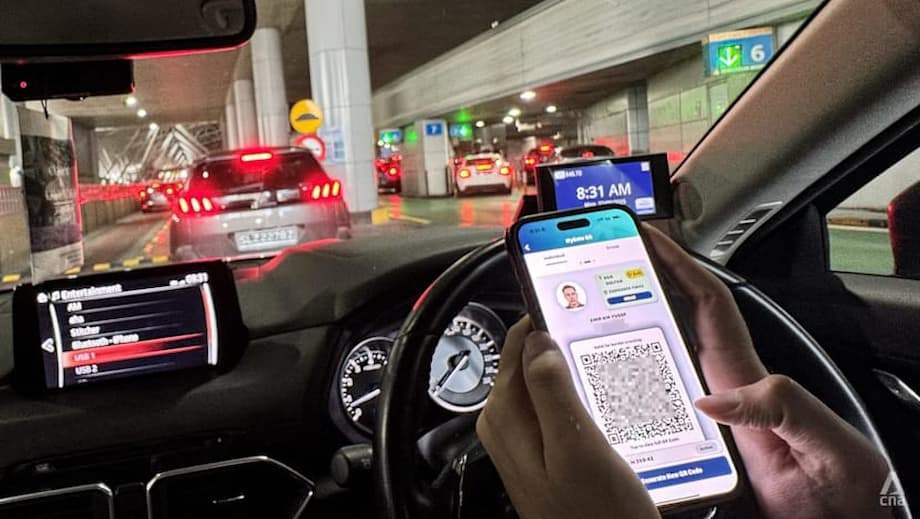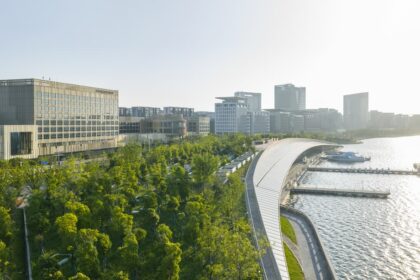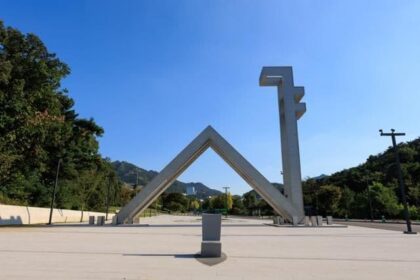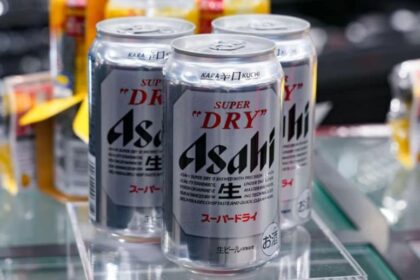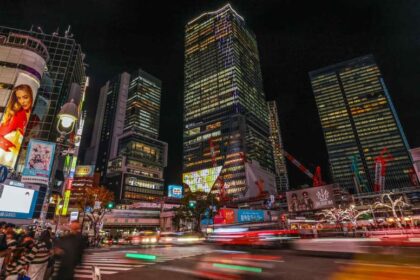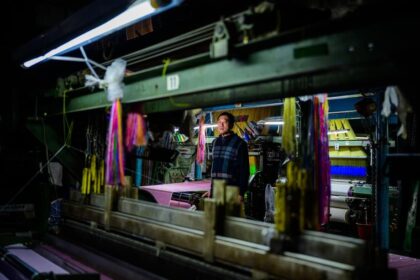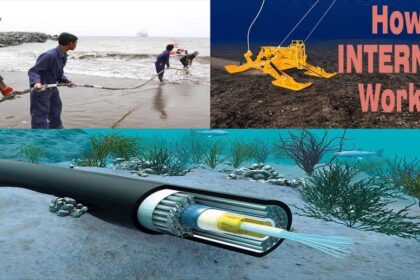A new kind of border crossing
Malaysia has begun a pilot that allows Singaporeans and other foreign visitors to clear immigration at the Johor land checkpoints using a QR code generated on their phones. The system, enabled through the MyNIISe mobile app, is designed to speed up checks at the Bangunan Sultan Iskandar complex in Johor Bahru and at the Sultan Abu Bakar complex at the Second Link. It is available at selected lanes for passenger cars. When it works as intended, the scan at the booth replaces the usual passport handover and stamp, with clearance often completed in under two minutes.
- A new kind of border crossing
- How the MyNIISe QR process works
- Where the system is live and who can use it
- Early glitches and what travellers reported
- Why Malaysia is pushing digital border clearance
- How this compares with Singapore’s system
- What comes next for motorcycles, buses and airports
- Travel tips for a smoother crossing
- At a Glance
The five month test is a key step in Malaysia’s plan to digitise border processes and reduce the heavy congestion that builds up daily on the Causeway and Second Link. It also aligns with wider plans linked to the Johor Singapore Special Economic Zone, as both sides look to ease routine cross border travel for work, trade and tourism. Singapore introduced QR code clearance at its land checkpoints earlier, and this new trial allows Malaysia to align its side of the process for a more seamless drive-through experience.
Initial user reports point to both promise and growing pains. Several lanes on the Malaysian side are fitted for QR scans and can process cars quickly, yet some travellers encountered app registration glitches, long loading screens or were told at certain booths that the QR system was not fully live. Others noted that login was manual and there was no biometric option in the app at launch. Even so, the early results show meaningful time savings when the system is available and the QR code scans successfully.
The pilot is scheduled to run until Feb 28, 2026. Authorities say the goal is to study traffic impact, fix software and lane activation issues, and expand the feature to more traveler categories and locations. Travellers still need to carry their passports or valid travel documents, as required under Malaysia’s immigration law.
How the MyNIISe QR process works
The QR option lives inside Malaysia’s National Integrated Immigration System app, MyNIISe, which is available on major app stores. Users create an account, register their travel document and then generate a time limited code for each trip. The QR can be created for one person or as a group for everyone in the same vehicle. At the lane equipped for QR, the driver presents the code to a scanner at the immigration window and answers any standard questions from the officer, such as the car’s registration number.
Account setup
First time users need to download MyNIISe, sign up with a valid email, and scan the biodata page of their passport. The app prompts for NFC verification if the passport supports it. A selfie is required as part of identity proofing, followed by basic personal details. Some users reported that registration worked more reliably on a Malaysian mobile network. The process can take a few minutes on a first attempt, and may require retrying if the connection is weak or the document scan fails.
Generating a QR code and using it at the booth
Once logged in, travellers can generate an individual QR code or a group code from the app dashboard. The code is valid for six hours. For group travel by car, a single scan can clear everyone in the vehicle who is listed on that group code. At the immigration booth, the officer will direct the driver to scan on the window mounted reader. Officers may still ask to see passports in cases where verification is needed, or if it is a traveller’s very first entry with that passport. Keep the phone battery charged and the app open before approaching the window to avoid delays.
Where the system is live and who can use it
At this stage, Malaysia’s QR clearance is activated at selected car lanes at both Johor entry points with Singapore. At the Bangunan Sultan Iskandar complex in Johor Bahru, at least eight lanes in each direction have been equipped for cars. At the Sultan Abu Bakar complex at the Second Link, six car lanes in each direction are live. Lane activation is being scaled in phases, so motorists should follow signage and officer instructions to enter the lanes marked for MyNIISe QR scans.
The trial is open to Malaysians, Singaporeans and other foreign nationals. Malaysia has indicated that travellers from dozens of countries can use the QR option to enter, and an even larger set can use it when departing Malaysia. Eligibility can vary by document type and trip history. Users should plan to carry passports and any required permits, since officers may request to see them if checks are needed or if they are entering for the first time under the new system.
Early glitches and what travellers reported
Rollouts of new border technology often encounter teething issues, and the Johor trial is no exception. On day one, some travellers said the app stalled while scanning passports or became stuck on loading screens. Others found that account creation only worked when their phone connected to a Malaysian network. A number of drivers reached the counters with valid codes, only to learn that certain booths had not yet switched on QR processing for that session, which forced them to revert to standard passport checks.
There were also user experience complaints. Some expected face or fingerprint login, but the app at launch required email and password. A few drivers said they were uncertain which lanes were QR ready, despite on site signage, and asked for more consistent labeling. Even with these problems, people who crossed on active QR lanes reported that the scan process was quick, and queues moved faster than conventional counters at similar times of day. Authorities and the app team have acknowledged the feedback and said they would refine stability, registration reliability and lane availability during the pilot period.
Why Malaysia is pushing digital border clearance
The Causeway and Second Link are among the busiest land borders in Southeast Asia. Daily movements often exceed hundreds of thousands of people, driven by work travel, logistics, tourism and family visits. Manual passport checks add minutes per vehicle, which compound across long queues during morning and evening peaks. A QR based flow reduces the steps at the window, which can cut average processing time and ease congestion. For group travel, a single code eliminates the handoff of multiple passports to an officer, which addresses one of the most common friction points for family or carpool trips.
MyNIISe also represents a wider modernization push. The system is intended to replace legacy infrastructure and introduce digital stamping, automated risk checks and stronger identity assurance. Officials have described plans for analytics to help detect high risk travel patterns, and to route low risk traffic through faster processing channels. A digital record of entries and exits reduces the need for paper endorsements, which can save minutes at the counter and lower the chance of clerical errors.
This pilot also supports policy goals linked to the Johor Singapore Special Economic Zone. The two neighbors are working to streamline movement for people and goods. A smoother border can make weekend trips less daunting for visitors, and can make weekday commutes more predictable for workers. A digital process is also easier to scale with data driven controls when traffic spikes during holidays or events.
How this compares with Singapore’s system
Singapore rolled out its own QR clearance at land checkpoints earlier, integrated with the MyICA app. Many users on the Singapore side link their identities through existing national digital credentials, which reduces the need to create new usernames and passwords. The Malaysian pilot is building out similar conveniences, but launched with a simpler login that relies on email and password. Feature parity is likely to grow in phases as Malaysia iterates on user experience and expands which lanes and traveler groups can use MyNIISe QR.
Functionally, both approaches aim to speed verification at the booth by moving identity collection onto the traveller’s device before arrival. In both cases, a first trip using a new passport may still involve additional checks. Over time, drivers who cross frequently can expect less time at the window once their document and profile are trusted in the system. Coordination between the two sides will matter, since the actual benefit for a driver is the total time across both checkpoints.
What comes next for motorcycles, buses and airports
Officials in Johor have said the QR program will expand beyond passenger cars. Motorcyclists are set to be included, with scanners planned at a set of lanes at both the Bangunan Sultan Iskandar and Sultan Abu Bakar complexes. Commuter halls are expected to follow. Malaysia also plans to take MyNIISe QR to key airports, including Kuala Lumpur International Airport Terminals 1 and 2, Penang, Kuching and Kota Kinabalu. The staged rollout runs through the trial window that ends on Feb 28, 2026.
During the pilot, existing QR tools that Malaysians are already using, such as MyBorderPass, will continue to function at activated lanes. Travellers are encouraged to try MyNIISe QR where available, and to keep passports handy. Authorities will use the trial period to compare throughput, calibrate staffing and refine the software before a wider launch. Looking ahead, the MyNIISe app is also expected to support the future Rapid Transit System Link between Johor Bahru and Singapore, where single clearance at the point of departure is planned.
Travel tips for a smoother crossing
The new system can shave minutes off a trip, especially for families or small groups in cars. A few simple steps reduce the chance of hiccups at the window.
- Register early in the MyNIISe app. If you face issues, try again on a Malaysian mobile network once you are near the border.
- Carry your passport. Officers may still ask to see it, especially on your first entry with a new passport.
- Charge your phone and have the app open before you reach the booth. Keep the screen brightness high enough for the scanner.
- Create the QR within the six hour validity window. If you plan to enter and exit within the day, generate a fresh code for each movement.
- For groups in one car, use the group QR to save time at the window.
- Follow signage for QR enabled lanes and be ready to state your vehicle registration number if asked.
- If a lane is not yet active for QR at that time, be ready to switch to standard passport checks.
At a Glance
- Malaysia is trialling QR immigration clearance for cars at Johor’s Bangunan Sultan Iskandar and Sultan Abu Bakar complexes.
- Travellers generate a six hour QR code in the MyNIISe app after scanning their passport, completing NFC checks and taking a selfie.
- Selected car lanes are live, with more lanes to be equipped in phases. Follow on site signage for QR lanes.
- The pilot runs until Feb 28, 2026. Passports or valid travel documents must still be carried.
- Early users saw faster clearance when the QR system was active, but some faced app registration glitches and lane availability issues.
- Officials intend to extend QR clearance to motorcyclists and commuter halls, and to roll it out at major airports in Malaysia.
- MyNIISe is part of a broader upgrade of border systems with digital stamping and automated risk checks.
- Singapore already uses QR clearance at its land checkpoints. The benefit for drivers grows as both sides activate more QR lanes.


